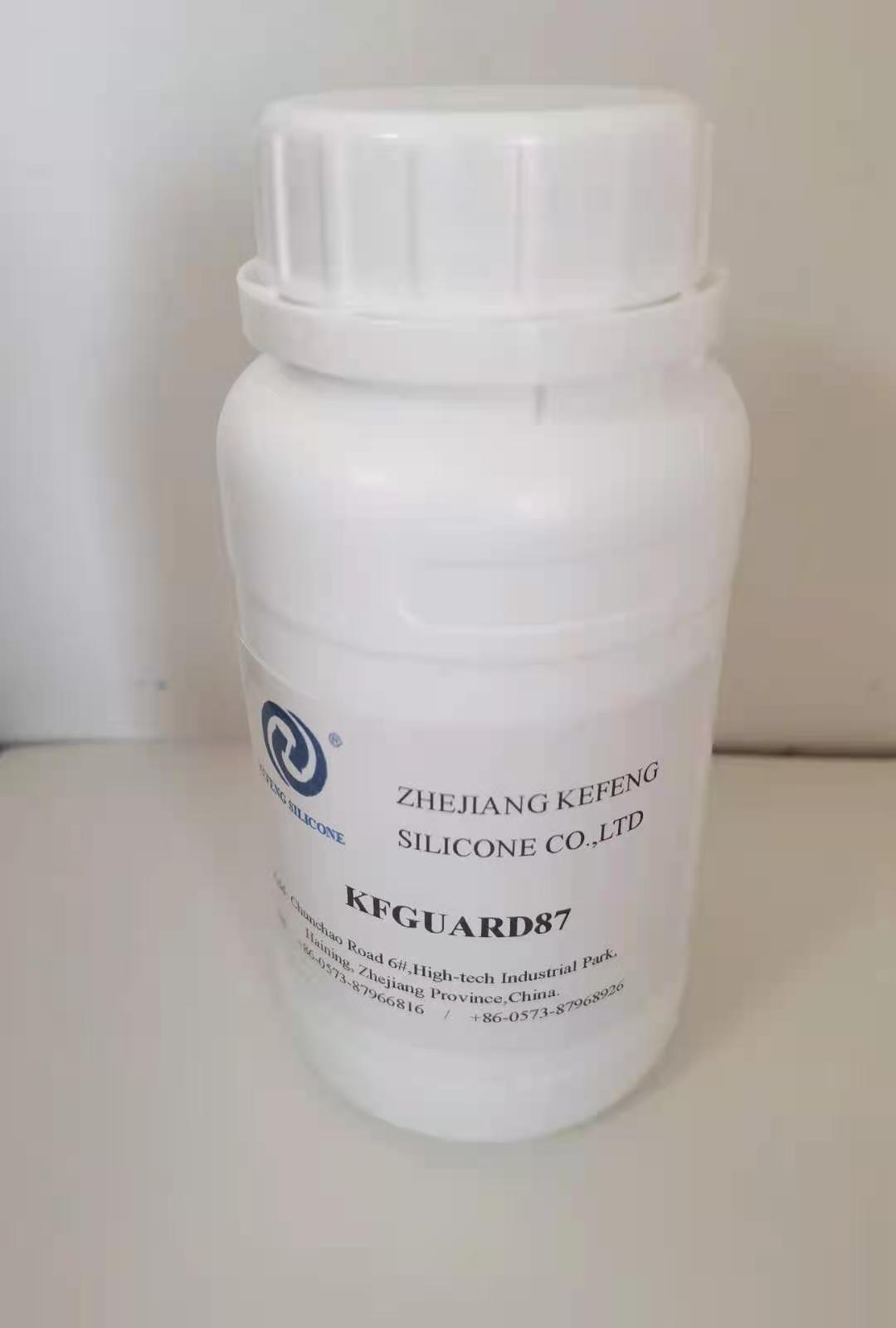

Views: 3 Author: Site Editor Publish Time: 2022-04-09 Origin: Site

APR-100 is a type of printing auxiliary, with properties of adhesives, thickeners, cross-linking agents, emulsifiers, softeners, and dyes. They are excellent carriers of dyes and exhibit high acid and alkali resistance. These additives can help achieve homogeneous color and printing performance. Their use in printing and dyeing processes is becoming increasingly popular due to environmental concerns and environmental policies.
Printing auxiliaries work by exploiting the film-forming action of an adhesive to attach insoluble dyes to the fabric. The resulting color has the appearance of a film and a high degree of uniformity and fastness. Auxiliaries also prevent color point and fine lines. They improve the quality of printed fabrics by enhancing the fastness properties of certain dyes. They are used to improve the color fastness of textiles and improve the handling of textiles.
The report provides detailed information on the global Printing and Dyeing Auxiliary market, including historical and forecast market size. It also identifies market drivers and restraints and examines the competitive landscape. It also covers value chain analysis and SWOT analysis for each industry segment, providing valuable insight into key trends and opportunities. The report also includes critical statistics and analysis of the global Printing and Dyeing Auxiliary market.
In addition to providing colorants, printing auxiliaries are used to make fabric more attractive. In direct printing, the fabric is pre-treated and usually light in color. A dye-fixing agent is used to prevent unfixed dyestuff from migrating to other fabrics when wet. However, a few important distinctions must be made between printing and dyeing. A: The two processes are not the same, and a printing AUXILIARY may be required depending on the materials being printed.
The printing process is a highly complex process requiring many components. In a single-pattern print, five to 10 different printing pastes are required. In some cases, as many as 20 are used, the process is automated. Modern printing plants use special measuring devices to accurately calculate printing paste quantities and prepare the printing paste in continuous mode, reducing leftovers at the end of a print run. These printing auxiliary systems are essential for making quality and affordable products.
The new thickener used in inkjet printing has a high level of adhesion resistance and improves production efficiency. Its thixotropic properties also help the printing AUXILIARY resist sticking to the printing fabric or tools. This increases the efficiency of the print job and reduces defects. Further, the new thickener helps make the printing process more efficient and reduce labor costs.
